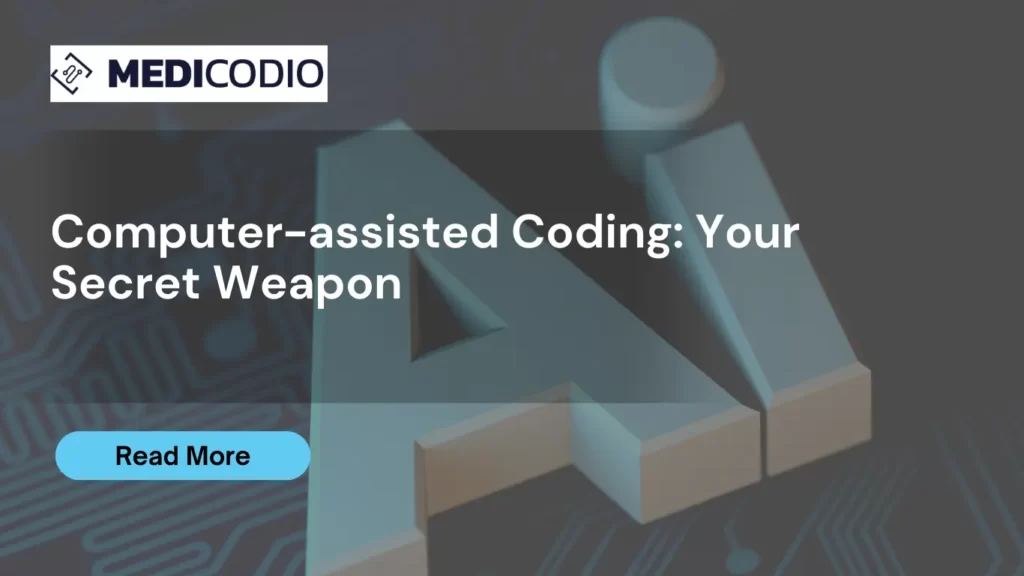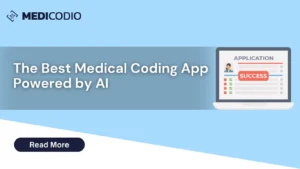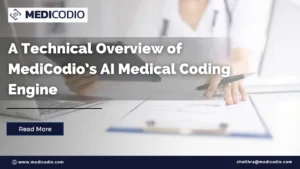Artificial Intelligence (AI) and the subsets of AI namely, Machine Learning (ML), Natural Language Processing (NLP), have made inroads in nearly all sectors, including healthcare.
Different technologies are deployed in the healthcare sector to enable the automation of several tasks – both administrative and non-administrative. One of the key factors for seamless automation is medical coding or codes that are developed by coding professionals based on medical reports of the patients. Medical codes speed up and enhance the quality of treatment. Medical coding also streamlines processes such as medical billing, invoice processing, claims management, and more.
Medical coding is a complex process wherein codes are developed based on several parameters. The medical coding process has become more complicated because of increased regulatory requirements and the implementation of ICD-10.
But the good news is that Computer Assisted Coding (CAC), now available to medical coders, has made the process of medical coding more precise and easier to adopt.

What is Computer-Aided Coding?
CAC automatically generates medical codes from clinical documentation. CAC provides coded records that include CPT and ICD-10 coding information. It also includes details, such as modifiers, units, code linkage, patient demographics, and more. The coded data can be directly transferred to the billing system. This data streamlines invoice processing and claims management processes.
In legacy systems, medical codes were generated by medical coders. However, legacy systems had to contend with several bottlenecks. One such challenge was working with unstructured data in the form of dictation records, speech recognition software outputs, transcriptions, etc. Manual processes were tedious and time-consuming, besides being prone to errors. CAC overcomes these shortcomings and streamlines the process by generating codes with the help of technology.
How does CAC Work?
- NLP scrutinizes and interprets unstructured data such as notes by clinicians, dictations, and more, with the help of linguistic algorithms.
- CAC extracts clinical details required for the assignment of codes.
- All the structured data integrates coding in the clinical documentation process to generate clinical documents with embedded codes.
CAC solutions can be:
- Web-based
- Cloud-based
- On-premise
CAC offers an end-to-end coding workflow solution that includes:
- Coding review
- Production monitoring
- Management reporting
- Coding automation
- Auditing
CAC is widely accepted and used in multiple medical functions such as radiology, emergency medicine, pathology, cardiology, and more.
In the first instance, it may appear that CAC will replace medical coders. However, the fact is that CAC will only ease the work of coders. CAC will enhance the speed and accuracy of the coding process and elevate coders to the level of reviewers. Coders will need to review and amend the coding and make it compliant with local and national regulations.
CAC is here to stay and will play a vital role in the digital transformation initiatives of healthcare service providers. It will help healthcare facilities achieve their automation goals seamlessly. Hence, it comes as no surprise that a market research report on the industry states that “the CAC market which was valued at USD 4.65 billion in 2022 is projected to reach a staggering USD 11.1 billion by 2030 at a CAGR of 13.3% from 2023 to 2030.”





